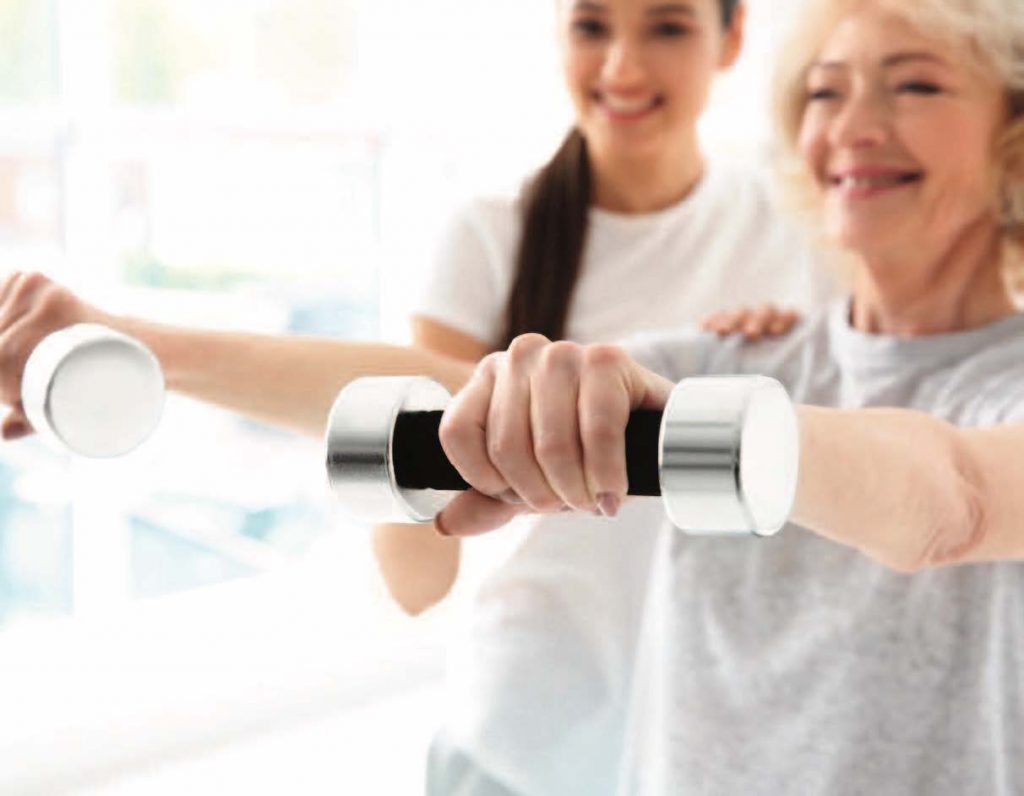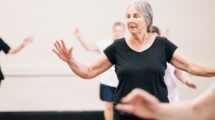 Strengthen supporting muscles and hone your balance to avoid a tumble
Strengthen supporting muscles and hone your balance to avoid a tumble
Each year, about one out of every three people ages 65 and older will experience a fall, according to the Centers for Disease Control and Prevention. What’s more, many of them will fracture a hip or sustain another potentially life-threatening injury.
Along with broken bones and other physical harms, falls can produce more subtle damage. “The less obvious harmful consequence of a fall is a fear of falling again,” says Dr. I-Min Lee, professor of medicine at Harvard Medical School. This fear may limit your physical activities and increase your risk of developing chronic diseases. It can also inhibit your social life and possibly even lead to depression, she adds. Finally, limiting activities can lead to weaker muscles and poor balance — which only make future falls more likely.
Why does our fall risk rise as we age? Each of the systems that keep us upright and balanced — including the brain and central nervous system, vision, and muscles — loses a small amount of function with age. The sensory information entering our eyes and ears takes longer to travel to our brain for processing, making us more likely to become off-balance. “And when we trip, our reaction is slower at older ages, so we can’t ‘catch’ ourselves and prevent the fall,” Dr. Lee says. All these changes combine to increase our risk.
With age also come more ailments, with corresponding medicines to treat them. Many medications can cause stability-compromising side effects like dizziness, drowsiness, and confusion.
Fall prevention tips: Along with exercising, follow these tips to avoid a spill. Have your vision and eyeglass prescription checked regularly. Treat eye diseases, like cataracts, glaucoma, and macular degeneration, before they can compromise your vision and lead to a fall. Also, increase the lighting around your home to avoid tripping. Ask your doctor to go through all of your medications with you. Try to reduce dosages or get off medications you no longer need — especially drugs that are known to cause balance side effects. Wear well-fitting shoes with low heels and sturdy soles. Stand up straight with your shoulders even, your spine neutral, and your abdominal muscles pulled in. Good posture centers your weight over your feet, keeping you balanced. Pay attention when you walk. Leave your cellphone in your purse and hold off on conversations until you’re sitting. Stand up slowly from a seated or lying position. Rising too quickly can lead to a rapid dip in blood pressure that can sweep you off your feet. Get at least 800 IU of Vitamin D daily from foods or a supplement.
Exercise and balance
Exercise is a proven way to prevent falls, by strengthening the muscles that keep us upright and improving our balance. For the greatest benefit, do a combination of the following exercise types:
- aerobic
- balance
- flexibility
- gait and coordination training
- resistance/strength training
Here are a few specific exercises you should do regularly to improve your strength, balance, and coordination:
- Walk, bicycle, or climb stairs to strengthen the muscles of your legs and lower body.
- Use hand weights, elastic bands, or a weight machine to build upper- and lower-body muscle strength.
- Stretch muscles and joints to improve balance. • Consider yoga to strengthen muscles and increase flexibility.
- Try tai chi to improve muscle strength while increasing balance. This ancient Chinese practice made up of slow, gentle movements has been shown to significantly reduce the likelihood of a fall in older adults.
Before starting any new fitness program, see your doctor to make sure it’s safe for you. This is especially true if you’ve been feeling dizzy or if you have a chronic health condition like heart disease, diabetes, or asthma. The best way to ensure you’re exercising safely is to ask your doctor to refer you to a physical therapist or ask a personal trainer to walk you through your routine.
Improve your balance: Try these, balance and strengthening exercises to help prevent falls.
Heel raises: Stand up straight behind a chair, holding the back with both hands. Position your feet hip-width apart. Lift up on your toes. Hold. Lower your heels to the floor. Repeat 10 times.
Standing side leg lift: Stand up straight behind a chair, holding the back with both hands. Slowly lift your right leg straight out to the side about six inches off the floor. Hold. Return to starting position. Repeat 10 times on each side.
Standing hamstring curls: Stand up straight behind a chair, holding the back with both hands. Extend your right leg behind you with your toes touching the floor. Bend your right knee and try to bring the heel to your right buttock. Hold. Slowly lower your foot to the floor. Repeat 10 times on each leg.






